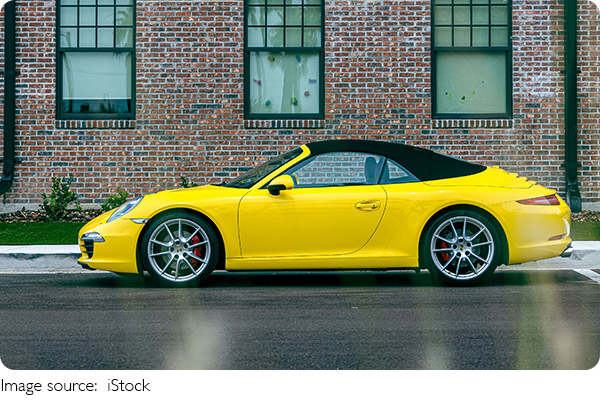Robo-Cars: Road Revolution?

Imagine you're sipping coffee, reading the news, while your car smoothly navigates rush hour. No white-knuckled steering, no frantic lane changes. Sounds like sci-fi? Autonomous vehicles are accelerating from fantasy to your driveway faster than you think, Lykkers.
But this revolution isn't just about convenience; it's reshaping safety, cities, and society itself. Buckle up – the future of getting around is undergoing a radical transformation.
Tech Unpacked
Forget magic; autonomous driving relies on sophisticated hardware and software. Lidar sensors paint a 360-degree picture using lasers, while radar detects objects in all weather. High-res cameras read signs and traffic lights. Powerful AI algorithms process this data in real-time, making split-second decisions. This sensor fusion creates a detailed digital map of the world, allowing the vehicle to understand its surroundings far beyond human capability.
Safety Promise
Human error causes over 90% of crashes. Autonomous vehicles promise a dramatic reduction. Their sensors never blink, tire, or drive distracted. Advanced collision avoidance systems react faster than any human reflex. Imagine a car that always sees the pedestrian stepping out or the sudden brake lights ahead. The result? Fewer accidents and a safer world for everyone.
Cyber Risks
However, this tech reliance creates vulnerabilities. Cybersecurity is crucial. Could hackers take control of a vehicle or steal sensitive location data? Strong encryption, secure updates, and regular testing are essential. Protecting these mobile computers from threats is as important as crash safety.
Equity Crossroads
Will self-driving cars bridge gaps or widen them? They offer mobility for the elderly, disabled, and underserved. But millions of driving jobs face disruption. Retraining programs and fair access initiatives will determine whether this tech empowers or excludes.
Public Transit Shift
Autonomous vehicles could enhance public transit by solving first/last-mile challenges. Or, they might compete with buses and trains, weakening essential systems. Cities must prioritize integration, not isolation.
Green Potential
Environmental outcomes depend on choices made now. A surge in gas-powered robo-rides would increase emissions. But pairing autonomous tech with electric vehicles and renewable energy could reduce pollution and fuel use.
Shared Future Wins
The big environmental win lies in shared autonomous vehicles. Electric ride-hailing fleets could reduce traffic, cut carbon, and free cities from car congestion. Think fewer cars, cleaner air, better space use.
Policy Imperative
Technology alone isn't enough. Public policy must steer the course—setting safety standards, protecting privacy, and ensuring equal access. Smart rules will shape whether the tech serves everyone, not just a few.
Infrastructure Evolution
Smart cars need smart streets. Clear lane markings, responsive traffic signals, and designated pickup zones help autonomous systems operate safely and efficiently. Cities that invest now will lead later.
Your Role
This isn't just for engineers or lawmakers. Stay informed. Support ethical deployment. Ask questions. Demand transparency. Your voice matters in shaping how this technology is built and used.
Journey Ahead
The road to full automation is long. Expect early use in highways, ride-hailing zones, or logistics routes. AI systems learn with every mile—evolving faster than ever.

Vision Realized
Picture a city transformed: fewer crashes, cleaner skies, streets reclaimed for people. But only if we guide this revolution with foresight and care. So, friends, what role will you play? The future is steering itself—where it goes depends on us.
-
 Tech's Impact TodayHow Smartphones, Smart Homes, and Social Media Shape Our Daily Lives
Tech's Impact TodayHow Smartphones, Smart Homes, and Social Media Shape Our Daily Lives -
 Must-Visit in BrazilExperience The Energy And Charm Of Brazil's Most Famous And Underrated Cities!
Must-Visit in BrazilExperience The Energy And Charm Of Brazil's Most Famous And Underrated Cities! -
 Cell Regeneration FutureExploring how advances in cell regeneration and regenerative medicine are shaping the future of healthcare and healing
Cell Regeneration FutureExploring how advances in cell regeneration and regenerative medicine are shaping the future of healthcare and healing